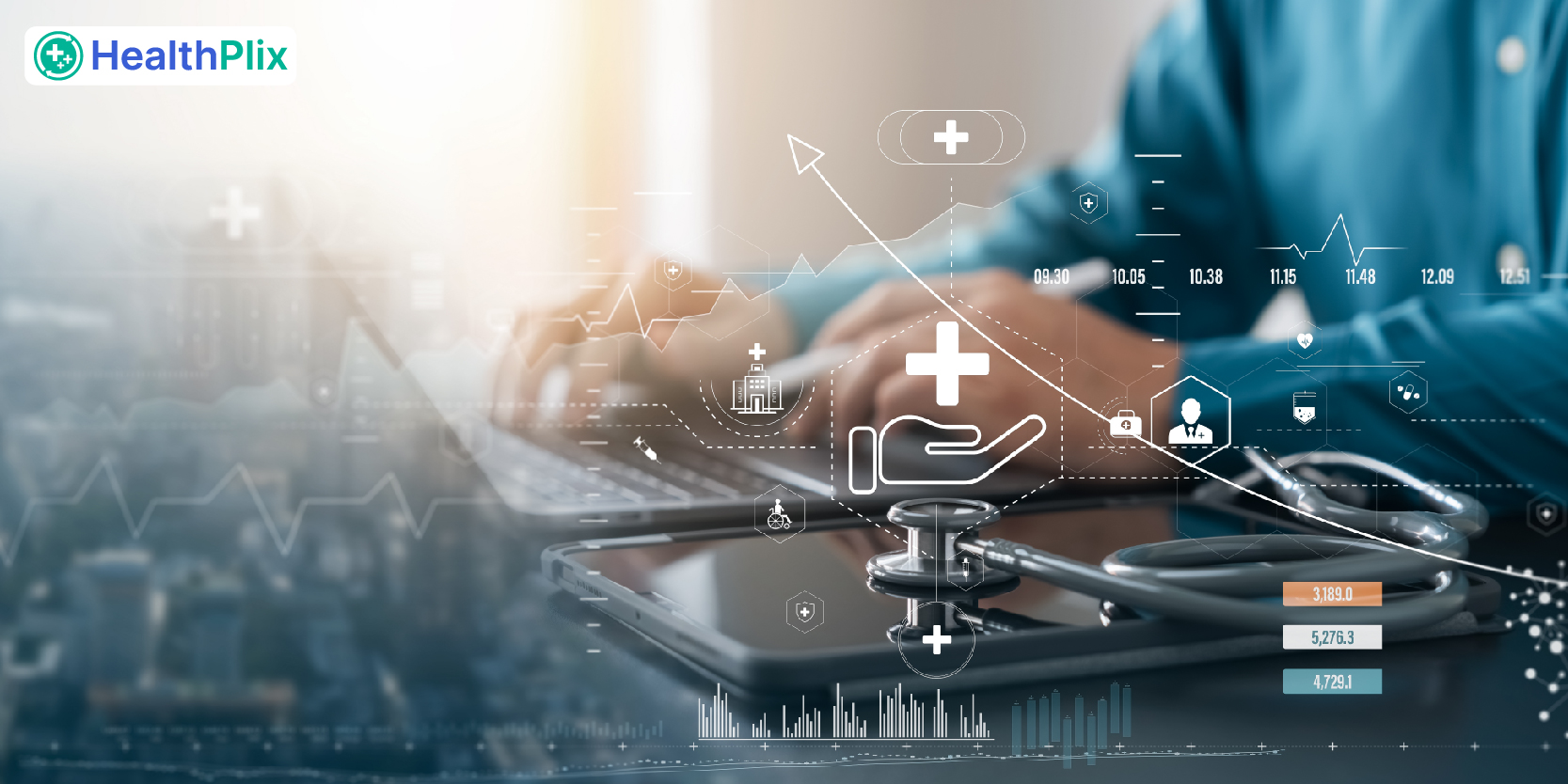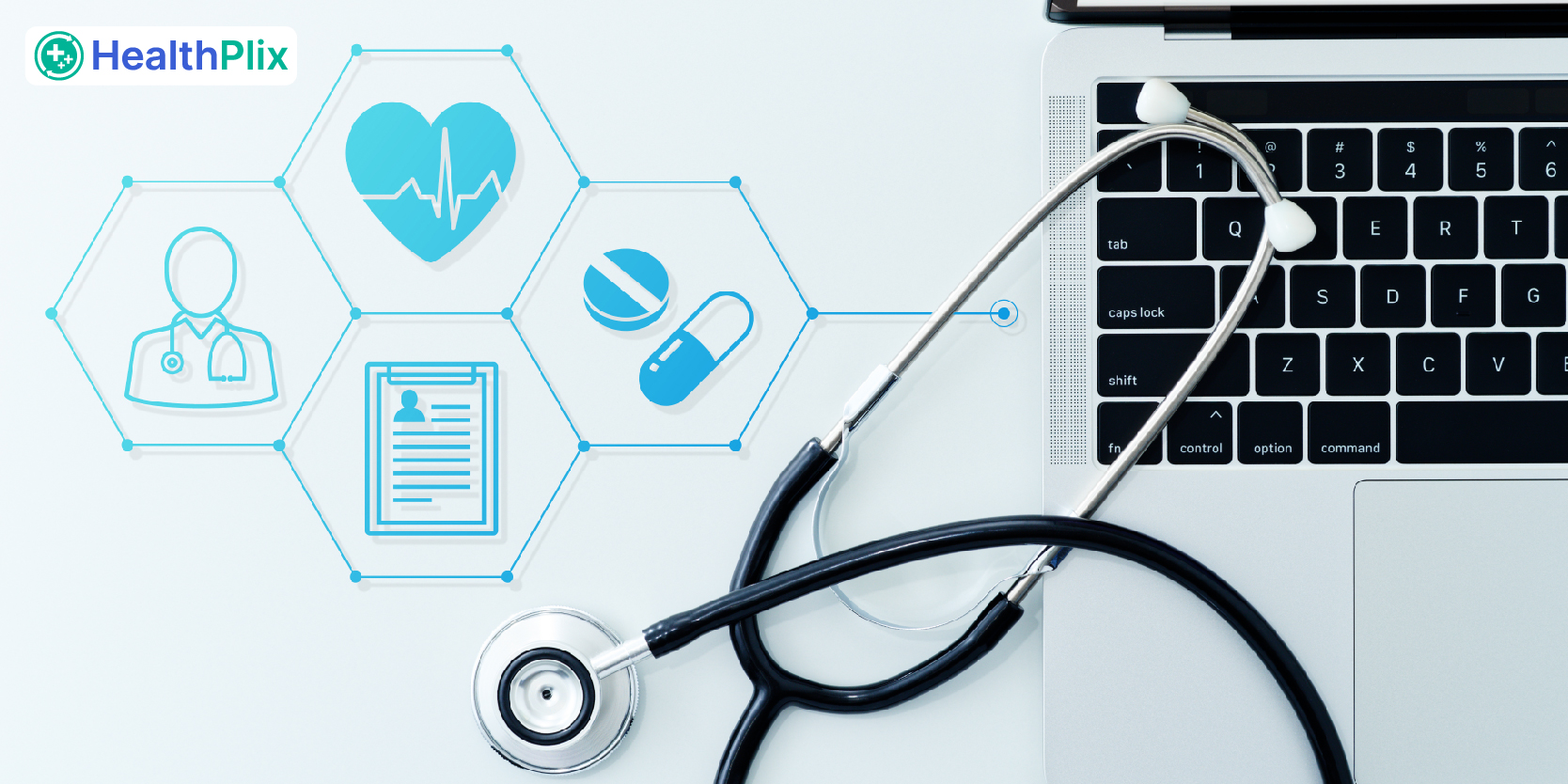Electronic medical records (EMR) contain details about a patient’s medical history, prescription drugs, and treatments from several providers. They enable doctors to monitor the development of a condition, identify problems, and effectively alter treatment strategies.
While the earliest EMR were simply databases allowing basic information storage, newer systems can provide more advanced features, including predictive analytics and personalised care plans. The technology has helped improve the quality of care, reduce costs and increase efficiency.
Doctors now have access to more data than ever, thanks to EMR software, which helps them better understand their patient’s health.
How can patient management software serve as a medical historian?
Electronic medical records can act as a patient’s medical historian by collecting information on past treatments, medications, allergies, and current symptoms and diagnoses. This information generates a complete picture of the patient’s health status over time. Ensuring they always have access to this information also aids in coordinating care among various departments and providers.
EMR can be used to examine patterns and trends in disease and therapy. Researchers can utilise this information to quickly find the causes and treatments for diseases. Personalised medicine has made amazing progress, yet numerous challenges remain. Lack of information is the cause of many of these challenges.
Many people believe that the usage of EMR is limited to medical professionals, who use them to monitor their patients’ prescriptions and test results. However, its use extends beyond that.
Patients with chronic diseases like diabetes or heart disease or who need long-term care can benefit from using EMR to keep track of their medical history. The more information patients have about their conditions — including how they respond to medication — the easier it is for them to manage their daily lives and prevent future complications.
Let’s take a deeper look at some of the benefits.
5 Benefits of EMR for Doctors in Healthcare
Doctors and other medical professionals use EMR software to keep track of patient’s medical histories, test results, and prescriptions. This makes patient management software an important data source that can be used to enhance medical research and therapy.
Here’s how:
1)Superior clinical trial design – In the past, surveys and interviews with patients and physicians were used to design clinical trials. However, these methods were frequently unreliable since they relied on people’s memories or opinions. Using EMR instead of conventional methods allows researchers to access objective data about patients’ medical history, treatment plans, test results, medication lists and more — which leads to better clinical trial designs that are less likely to produce biased results.
2) Increase collaboration among doctors- Because EMR allow physicians to share data easily, they can see what other specialists do for similar patients. This makes it easier for multiple doctors to collaborate on treatment plans, allowing them to combine their expertise and develop better solutions than they could alone.
3) Easier access to research- Electronic records allow researchers to tap into a wealth of information about a single patient, including past diagnoses, treatments, medications and allergies. They have access to complete and accurate records, avoiding reliance on fragmented paper records or unreliable patient or doctor interviews, especially when considerable time has elapsed since the encounter occurred.
4) Improved diagnosis Electronic medical records allow doctors to reach more accurate diagnoses because they can access more information about their patient’s health histories than ever before. For example, suppose a patient comes into the hospital complaining of chest pain. In that case, a doctor might determine that it is caused by heartburn rather than angina because they previously treated the patient for heartburn and know they have a history of acid reflux disease.
5) Used for quality control- The data stored in an EMR can be used for quality control. With an EMR system, hospitals can track vital signs such as blood pressure, heart rate and oxygen levels over time to spot trends that might indicate a problem before it becomes severe enough to require emergency treatment.
Wrapping Up
Electronic medical records (EMR) have been touted as a cure for many ills in healthcare, including rising costs, poor outcomes and lack of transparency. The trove of data can be used to diagnose and treat disease, but it can also help researchers better understand how our bodies work — which could lead to new treatments for diseases like cancer or Alzheimer’s.
Healthplix EMR powered by Google Lighthouse is 48% faster and will transform how people use electronic medical records as patient management software. Our goal is simple: We want to make it easy for anyone — from individual patients to large institutions — to use EMR effectively so they can make better decisions about their health.


